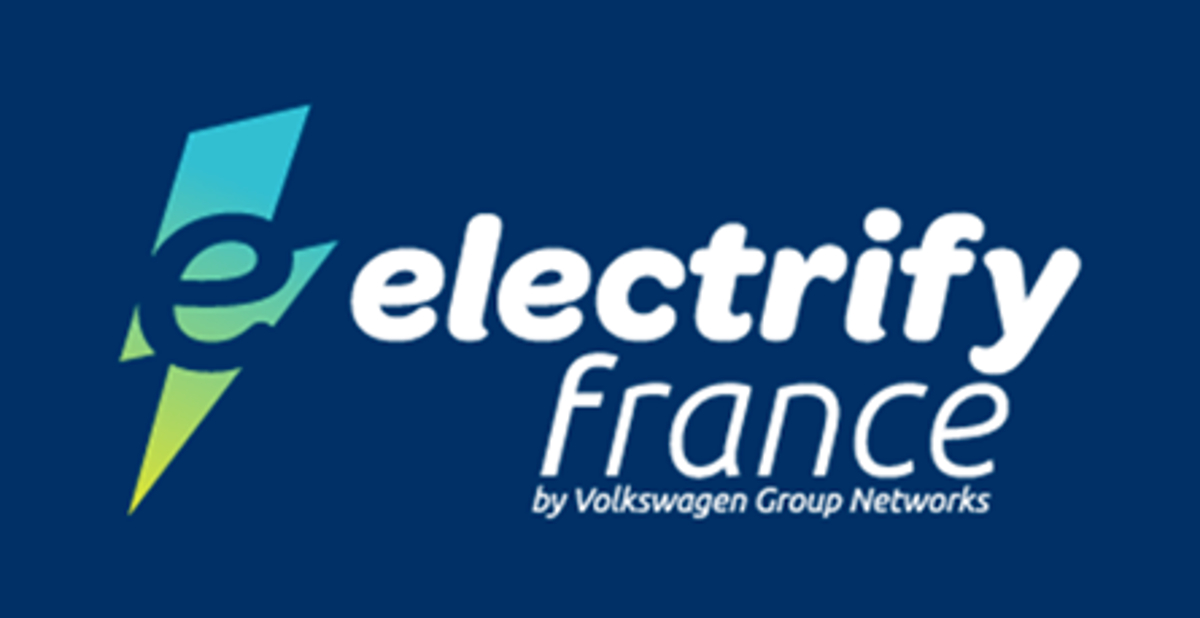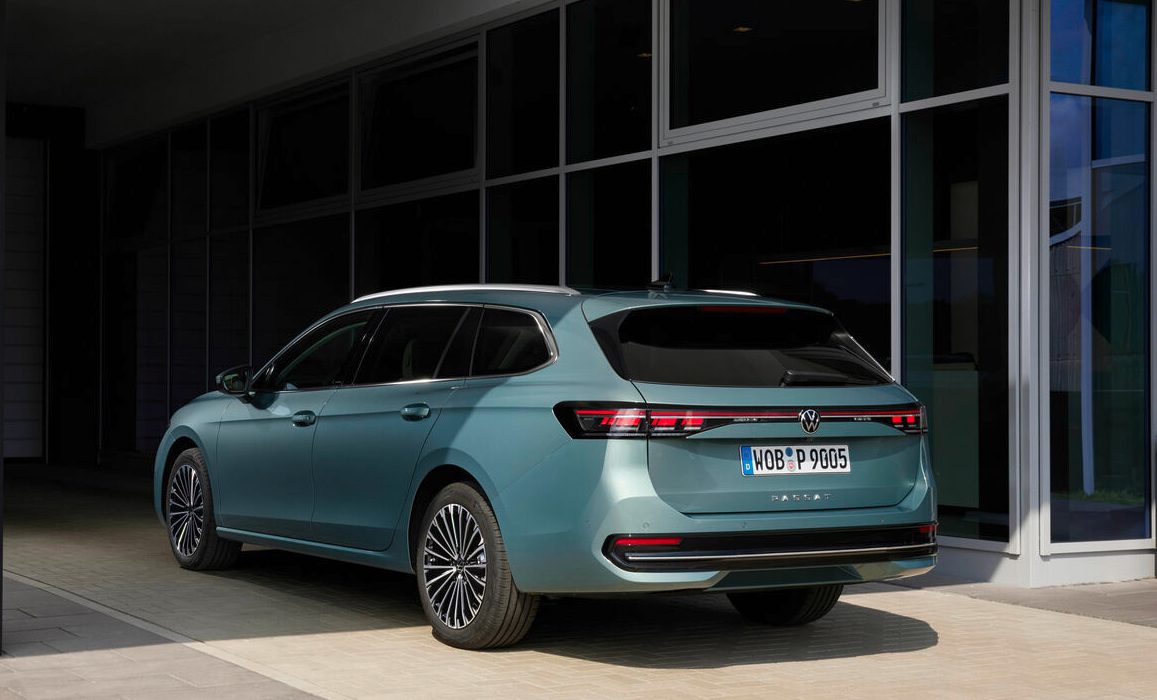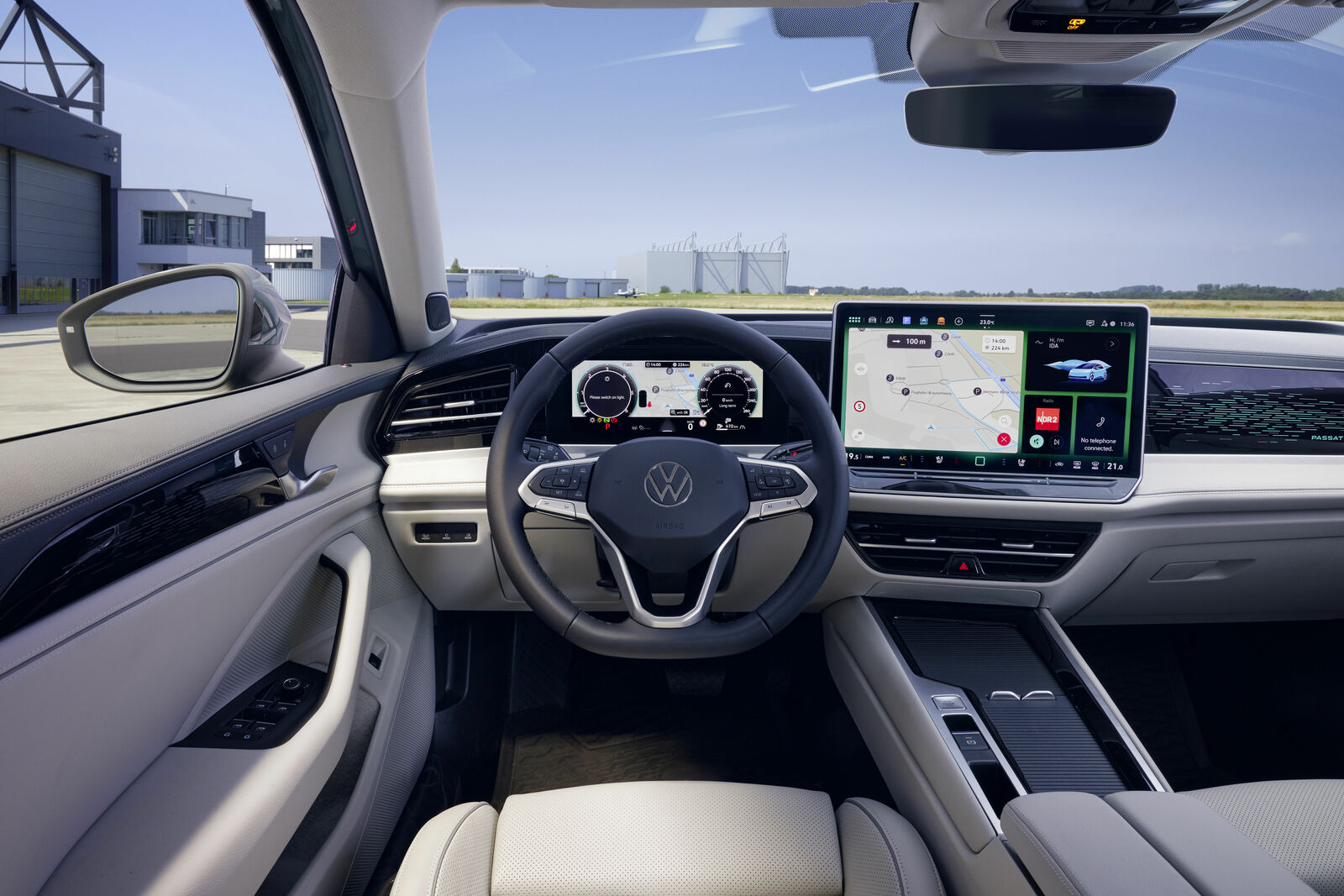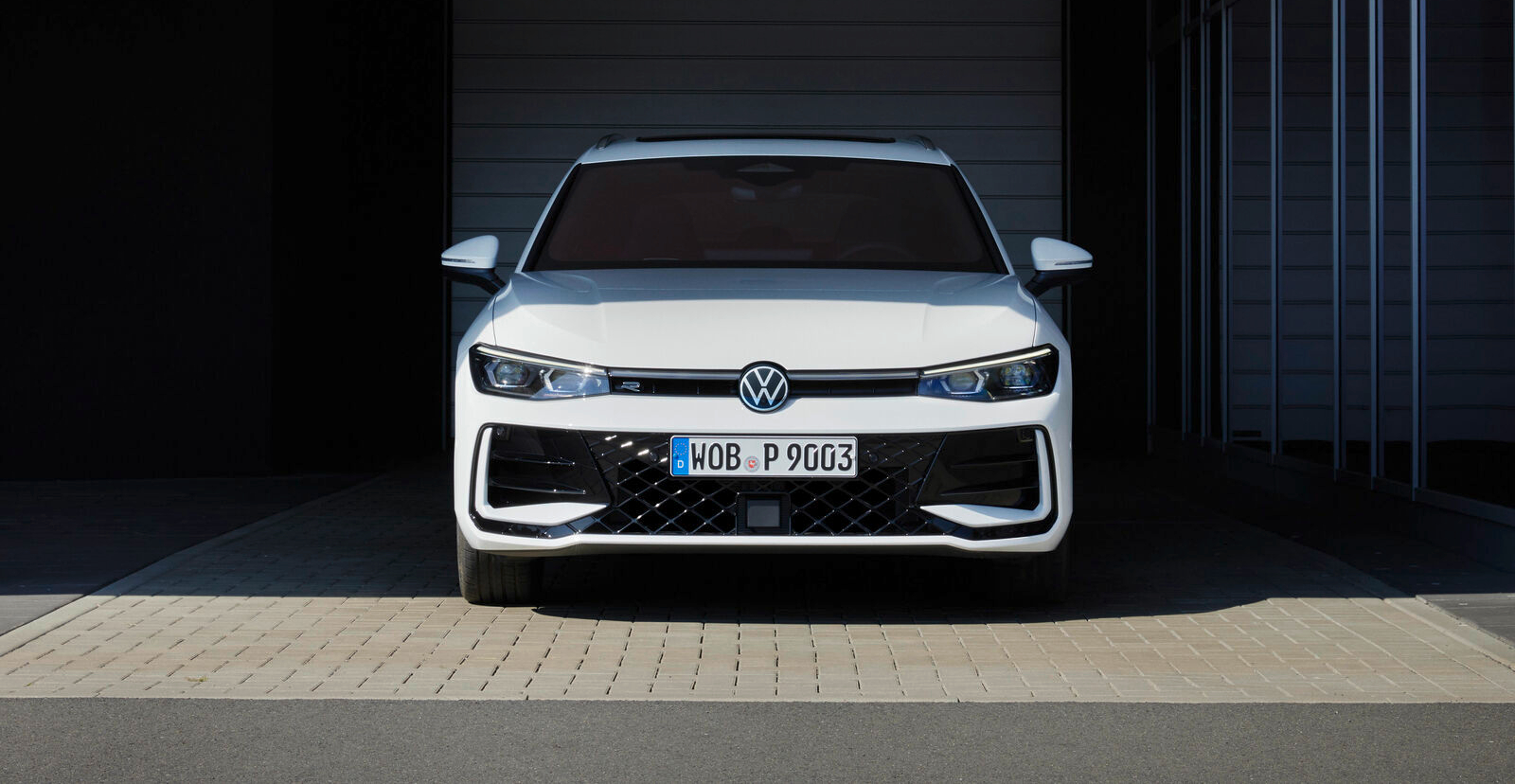
We tend to get mesmerized by the latest news about electric supercars from Ferrari, Rimac, or Alfa Romeo, but in the larger scheme of things, those cars do little to move the EV revolution forward by any significant amount. The latest news from Volkswagen is much less sexy, but arguably more important to the electric car transition.
Electrify France Brings Fast Charging To French Drivers

Courtesy of Volkswagen
Taking a page from its Electrify America fast charging network in the US — which was launched in part as penance for its diesel emissions cheating scandal — Volkswagen Group is creating a network of 150 DC fast charging stations throughout France. Each charging point will be able to service two electric vehicles.
Typically, fast chargers are deployed along major highway routes. Volkswagen Group is one of the founding members of Ionity, a consortium of major European automakers who want to make high power chargers available to their electric car customers. The difference here is that Electrify France will be located at facilities belonging to various members of the Group — Volkswagen, Volkswagen Commercial Vehicles, Audi, SEAT, CUPRA and Škoda — that are located away from highways and urban centers.
In a press release, Volkswagen Group France says it is essential to offer drivers of electric vehicles the use of fast charging stations on a daily basis because in France 50% of drivers do not have access to charging equipment where they live. The Electrify France locations will be available to the public 24 hours a day so all EV drivers will be able to add up to 200 km of driving range in 20 minutes or less whenever they need to.
Xavier Chardon, chairman of Volkswagen Group France, says, “The initiatives that VGF deploys in terms of electromobility are strong and allow all owners of electric vehicles to recharge in a few minutes throughout France. This is a major commitment from a very committed manufacturer!”
Luc Chausson, who is in charge of the Electrify France project adds, “The installation of fast chargers in our network is a strong sign that our distributors are committed to transforming their business model, with the desire to satisfy our customers by installing high quality charging stations, open to all.”
Each charging location will be equipped with at least one 150 kW charger. The largest installations will have up to 12 fast charging points. Electrify France is intended to offer better coverage, particularly in regions with few motorways that are outside urban areas. Eventually, it is expected to expand to 700 sites across France.
In addition to the new fast charging locations, VGF is also investing in solar power facilities to add emissions-free electricity to the French electrical grid, some of which will be used to power the new Electrify France charging stations. On June 29, 2023, the Villers-Cotterêts solar facility was commissioned. At 15 hectares (37 acres), it is the fifth largest private solar park in France and is capable of producing 20 MW of peak power.
New Volkswagen Passat Variant PHEV

Courtesy of Volkswagen
This week, Volkswagen made another announcement that is significant to EV advocates. It introduced the latest version of the Passat, which from now on will be offered solely in Variant form, known to Americans as a station wagon. This is the ninth version of the Passat, which is built on the company’s MQB evo platform.
The new Passat will come with a choice of turbocharged gasoline and diesel engines. It also will be offered with a 110 kW (147 hp) 48 volt mild hybrid option. But that’s not the big news. There will be two plug-in hybrid models, one featuring 150 kW (201 hp) of power and the other offering 200 kW (268 hp) total output. As opposed to the prior PHEV Passat, the new plug-in hybrid cars are equipped with a 19.6 kWh (net) battery that can power them in battery-only mode for up to 100 km (assuming the driver remembers to plug them in).

Courtesy of Volkswagen
In a press release, the company says, “This distance turns the new Passat Variant into an electric vehicle for everyday life. This is additionally ensured by short charging times as the battery can now be charged at AC charge points with 11 kW instead of the previous 3.6 kW. The Passat Variant eHybrid can even be charged with up to 50 kW at DC fast charging stations. In addition, the combination of electric drive motor and new economical turbocharged petrol engine (1.5 TSI evo2) provides overall ranges of around 1,000 km.”

Courtesy of Volkswagen
Remember the iconic Volkswagen commercial about the two dudes who take a Passat TDI sedan on a road trip and teach themselves how to speak fluent Spanish by the time they have to stop to refuel? It’s time for a remake.
Volkswagen is positioning the new Passat Variant PHEV as something of a grand touring machine. “The quiet and spacious Passat Variant offers a high level of travel comfort and will be optionally available with new adaptive chassis control called DCC Pro and new ergoActive seats that offer a pneumatic pressure point massage feature.” The car also has a fully digital dashboard with connected technology. An available assisted driving mode takes the stress out of long-distance travel.
Where Is The Battery Electric Volkswagen Variant?
Why go to all this trouble to produce a plug-in hybrid? Why not just offer people a battery powered wagon? Actually, Volkswagen intends to do just that when it introduces the ID.7 Tourer in a few years. The ID.7 sedan and the Tourer will be manufactured at the Emden factory, which is where the Passat was made previously. The Passat sedan is being discontinued and production of the Variant will move to a factory in Bratislavia.
“The latest evolutionary stage of the modular MQB evo forms the highly innovative technical basis of the ninth Passat generation,” says Kai Grünitz, VW Brand board member for technical development. “Thanks to the significant economies of scale of the MQB evo, Volkswagen has again democratized numerous high-tech developments and made them available for hundreds of thousands of drivers.”
The new Passat Variant is expected in showrooms in early 2024. No prices have been announced as of yet.
The Takeaway
Why are we waxing eloquent about a plug-in hybrid? Because it may just be the bridge that is needed between conventional combustion engine vehicles and fully electric models. CleanTechnica readers are all in on EVs, naturally, but there are still plenty of folks out there in the world who are not yet ready to commit to driving a car powered exclusively by batteries.
Let them get a taste of cars like this, cars that can run silently for up to 60 miles, cars that replenish their batteries with regenerative braking, cars that hardly ever stop at a gas pump, don’t need frequent oil changes, and can make a set of brake pads last 50,000 miles or more.
Let them experience the pure joy of driving on electrons without worrying about where the next charging station may be. Chances are 98 out of 100 drivers who get to experience all that will make a battery electric car their next vehicle next time around. That’s a good thing.
Personally, I like station wagons. Always have. If someone told me I was condemned to drive a 9th generation Passat Variant PHEV for the rest of my life, I would think I won the lottery. It looks good in an understated way with carefully massaged styling that speaks of refinement, power, and grace. I hope Volkswagen sells boatloads of them.
I don’t like paywalls. You don’t like paywalls. Who likes paywalls? Here at CleanTechnica, we implemented a limited paywall for a while, but it always felt wrong — and it was always tough to decide what we should put behind there. In theory, your most exclusive and best content goes behind a paywall. But then fewer people read it! We just don’t like paywalls, and so we’ve decided to ditch ours. Unfortunately, the media business is still a tough, cut-throat business with tiny margins. It’s a never-ending Olympic challenge to stay above water or even perhaps — gasp — grow. So …



